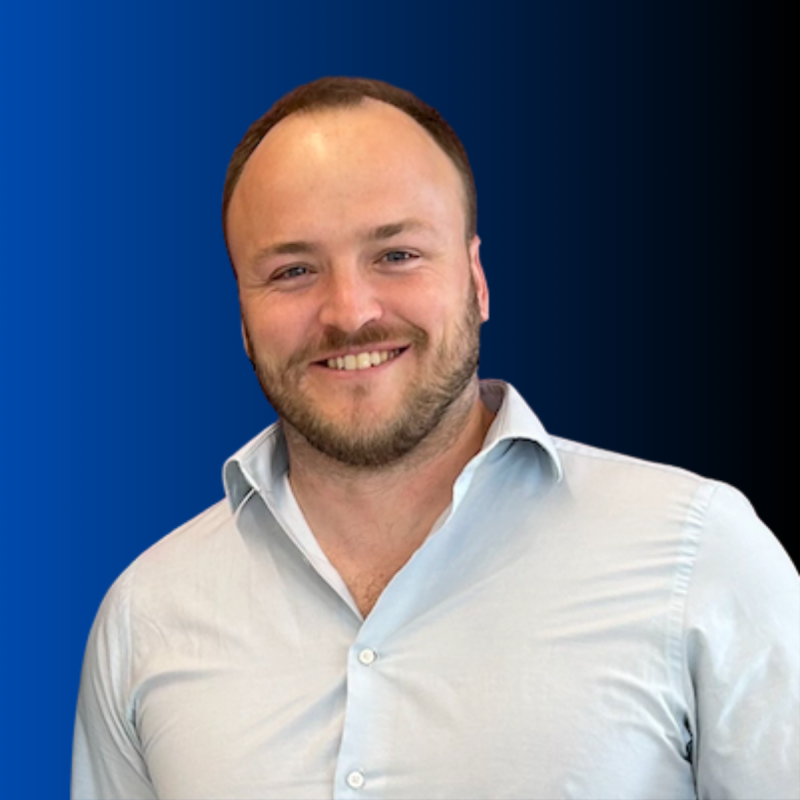The digital marketplace has gone from a novelty used by a few to a giant market where nearly anything can be bought and sold online. Digital marketplaces for healthcare and medical devices, however, have not become nearly as common.
One difficulty in building any healthcare marketplace is that the medical and healthcare market is fundamentally different than other markets that consist of buyers and sellers.
If the product being sold is antique toys or furniture, all that both ends need to know is the price, whether the item is indeed what the seller says it is, and how to get it to the buyer. The medical market, on the other hand, is driven by regulation. Any used medical device must be tested for safe use and proven to be safe. For those who want to build a marketplace like that, they need to be aware of those regulations and restrictions.
MRP.io, which specializes in both new and pre-owned aesthetic devices, has had to operate under those exacting principles. It aims to both fill that goal and eventually meet other gaps in the medical device field.
Despite the uncertainties present by that regulation, the market for those devices continues. Some of that is no doubt because those who sell them are competing with companies that sell these devices new, and those sellers are aware if their product does not measure up safety-wise, there’s no sale no matter how attractive the cost is. The dichotomy that new is good and used is bad still exists in the medical device world (partially because of those regulations), but can be overcome. It’s understood that there are good sellers of used boats and bad sellers of new boats. Devices, unlike boats, have competitive pressure that come from the companies that sell new devices (since one of their selling points is that pre-owned devices aren’t able to meet the required level of safety) which shapes their desire to have their product to be just as good as the new. In the past few years, the digital healthcare marketplace has gone from a small space to a much bigger chunk of the market.
Why is it only in recent times that the healthcare market has begun to embrace the digital marketplace? Two things have come together to make the healthcare marketplace amenable to this sort of specialized market: the COVID-19 pandemic and the newer, younger administrators and physicians that are taking leadership roles in healthcare. Unlike older administrators, a 35-year-old in that role has more familiarity with the internet and other digital developments in healthcare. They also bring in different needs than previous administrators, who focused primarily on sales and sales reps. That digital familiarity makes them much more likely to embrace digital marketplaces, as they’ve grown up with that sort of technology and it doesn’t feel foreign to them. Money saved from not hiring sales reps is another bonus.
COVID further accelerated the move to digital by emphasizing digital interactions in medicine, because of in-person meeting limits. This has spread far beyond the medical field; Ford cars are one big example. Pre-pandemic Ford was selling 8% of their cars online. Currently over 30% of their cars are sold online. The next five years will bring on even more changes in how these devices are sold and video conferencing will become a major factor in how they are purchased.
Before I turned to the medical device market, I owned several car dealerships and spent much of his time processing trade-ins for vehicles. When I switched to the medical device field, I noticed one large, ignored space of the market – similar trade-ins for various medical devices simply did not exist. After several years as a healthcare consultant for eBay, giving me an added familiarity with the idea of a marketplace where buyers and sellers could come together to buy devices needed to exist. This led to my founding of Powered by MRP in 2015, a platform for aesthetic device providers and consumers to buy overstock and pre-owned devices. We guarantee all purchases and work to restore all pre-owned devices it obtains. Providers can contact the company if they have equipment they wish to sell. It also offers technician support by phone, in-house experts that can assist buyers with finding the right equipment for their needs, and various online training programs.
Creating MRP was as much as anything being in the right place at the right time. I knew that there was a problem, I knew that I didn’t necessarily have the answer to it. Part of that answer was to bring all of the information about aesthetic devices into one place. Much like how Airbnb has pricing information, maps and photographs of the property, comparisons to other properties in the area, and reviews from those who have utilized their services, MRP gathers information about a device into one technical stack that can be accessed by anyone looking to purchase or sell. Not only does this increase the efficiency of the buying process, it can also save some of the estimated 30-50 percent of the cost of those devices that is taken up by sales. That savings can be passed on to healthcare patients, lowering the cost of medical services overall.
Most support for MRP and its mission is very recent; even a year ago I didn’t hear as much support. That support is growing; whenever I speak, I hear from those who understand the problem and are looking for a solution. Even so, it’s still under the radar of the industry, because MRP still makes up a very small portion of revenue in the healthcare market.
Many companies are built from the ground up linearly – an individual has an idea to solve a problem, they come up with a potential solution, and raise money from investors to invest in solving that problem. The linear method is simplest, but is also the one that is more likely to fail. If someone pays attention to the rise of companies, they will find that many of those companies eventually fail. I didn’t want MRP to fall in that category, so instead I stuck to one idea at a time, experimenting to see if that idea worked. If it was successful, that idea could be built upon further. If not, it was time to head back to the brainstorming phase and try to see what had gone wrong. With an orchestra, you don’t take all problems from one big set; you find out what the strings are doing right before moving on to the brass section or the woodwinds. Knowing that that one section is working correctly and being able to show that before moving on to any others builds brand trust as well.
With these changes MRP has evolved to fit the changing market. It originally only sold pre-owned devices; now it sells new devices as well as various training materials.
That being said, the most important aspect of MRP is still the pre-owned market. If a hospital is looking to get rid of 100 beds and another hospital is looking for 100 beds, it is to both of their benefit if someone brings the two together. MRP can bring the two together, and other marketplaces for healthcare devices based on the same principles can do similar things.
The true Holy Grail of the aesthetic market is of course a fountain of youth, but if you are looking for more realistic holy grails, working to achieve your company’s goals and stepping up to clean up when you don’t is a very good one. MRP’s goals are just that, and that is truly what the company will bring to the picture overall.
Editor’s Note: Scott Carson has more than 30 years of Healthcare Marketing, BD, Sales and Management experience. He was part of the team that built the eBay Healthcare Marketplace structure and strategy. He is nationally recognized leader and speaker in driving sales through Internet Transactional Platforms. He founded US Medical, Inc., the first Internet distributor of new and pre-owned capital medical equipment to the healthcare industry. Started in his basement, US Medical emerged 5 years later as a member of the Inc. 500. Carson was named a finalist 2X in the Ernst & Young’s Entrepreneur of the Year Award competition. In addition, 2X was named among the Inc. 500’s fastest growing companies. He is a Micro Enterprise of the Year recipient.




